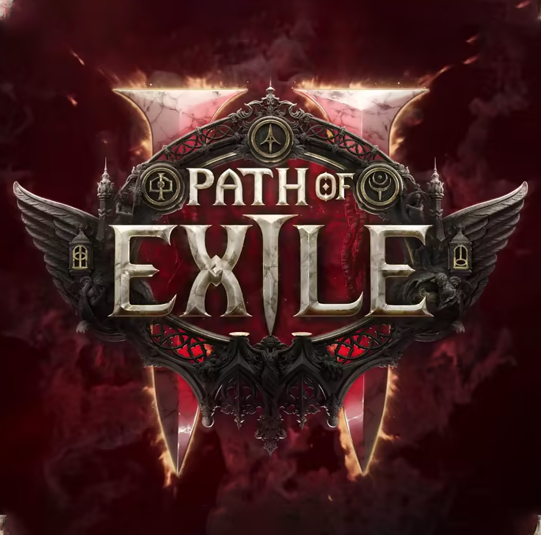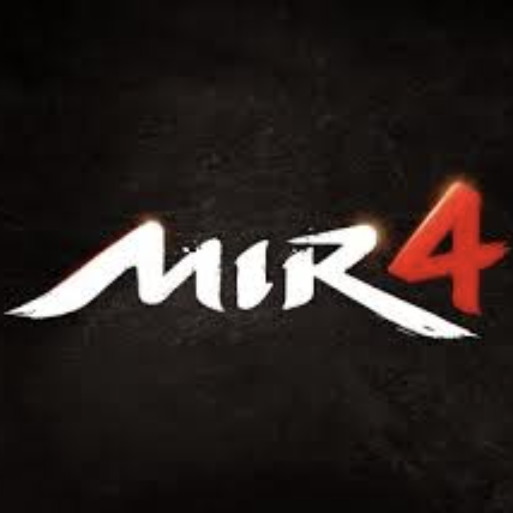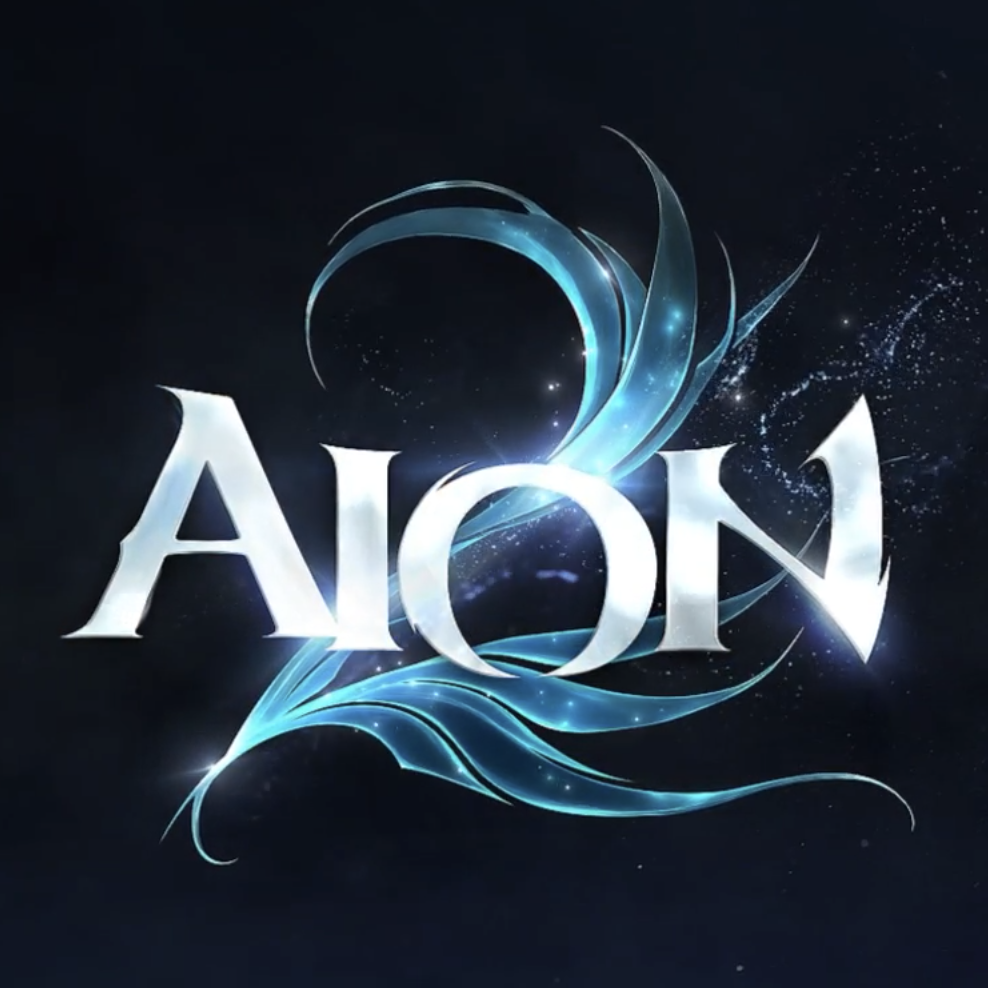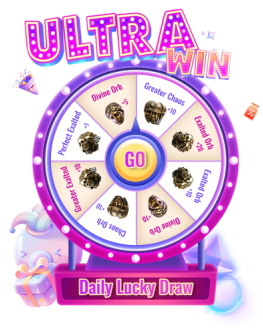Why Poe2 Currency Exchange Rates Matter?Understand in one reading Building a Balanced Economy
Game currencies—whether gold coins, crystals, or gems—serve as the backbone of transactional systems in RPGs. Players convert time or real money (via "store currency") into quantifiable value to facilitate trades with systems or other players. Conversely, without transaction demand, currencies become obsolete.
Why Would Monsters Carry Human Money?
One plausible explanation ties into lore: monsters collect currency after attacking humans. But mechanically, currency exists solely to enable trade. When transaction necessity declines (e.g., Diablo 4 late-game gold), currency value plummets.
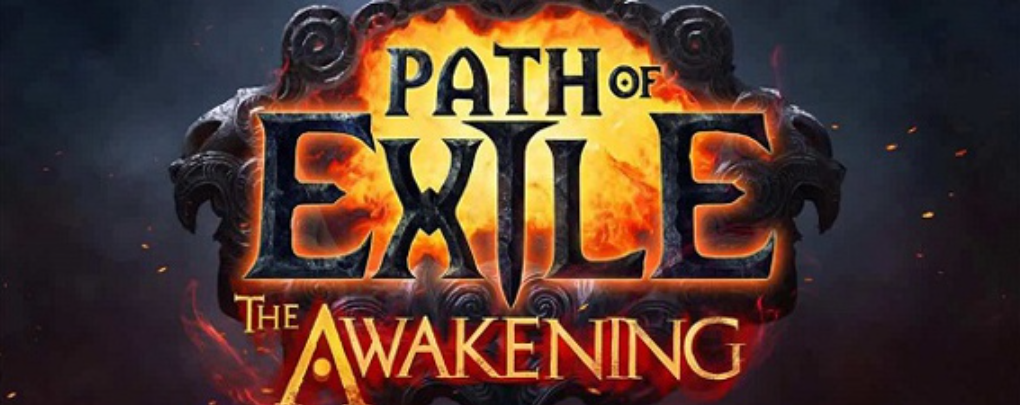
The Psychology of Rewards & Currency Devaluation
Iconic currencies like Mario’s coins or Diablo 4 scattered gold offer immediate, low-stakes rewards. However, their utility diminishes when:
Advanced items bypass currency systems (Diablo 4 monster-only drops).
NPCs offer no meaningful purchases, collapsing player-driven demand.
Diablo 4 solution—shifting to Stone of Jordan rings as currency—succeeded due to scarcity, utility (crafting/summoning), and stable demand. Path of Exile (PoE) evolved this concept further.
PoE’s Revolutionary Currency System
PoE replaces singular "gold" with 30+ functional currencies (scrolls, orbs, etc.), blending utility with tradeability. Key innovations include:
NPC-Mediated Exchange Rates: Vendors offer fixed rates for low/mid-tier currencies (e.g., Wisdom Scroll ↔ Portal Scroll).
Rarity-Based Value: Common currencies (scrolls) have high drop rates but low value; rare orbs (Exalted, Divine) enable high-end crafting.
Crafting as Currency Sink: Items like Jeweller’s Orbs (rerolling gear sockets) or Gemcutters (altering socket colors) tie currency to progression.

The Inflation Problem & Real-World Trading (RWT)
PoE’s player-driven economy faces challenges:
External Sellers: Third-party dealers ("currency farmers") cause inflation by flooding markets, undermining fair play.
PvE Imbalance: Paying players accelerate progression, but PoE’s PvE focus (vs. PvP) mitigates direct competition. Developer GGG bans pay-to-win microtransactions, prioritizing fairness—yet this creates RWT demand.
Solving Currency Chaos: Lessons for PoE2
PoE system, while innovative, struggles with complexity:
Dynamic Poe2 Currency Exchange Rates: Values fluctuate based on league demand (e.g., 1 Divine Orb = 230 Chaos Orbs today, 180 tomorrow). Tracking Poe2 currency exchange rates will be crucial for player efficiency.
Liquidity Issues: Needing specific orbs forces unfavorable trades when shortages occur.
Wealth Calculation: Fragmenting currency across stashes complicates inventory management.
Design Recommendations for Sustainable Economies
Limit Player Trading: Implement trade taxes (e.g., "Tradestone" fees per transaction) or daily trade caps.
NPC Exchange Flexibility: Broaden vendor conversion options to stabilize Poe2 currency exchange rates.
Anti-RWT Measures: Stash tabs with auto-stacking currencies prevent duping bugs and simplify tracking.
Conclusion: Toward a Balanced PoE2 Economy
PoE currency system brilliantly merges utility and market dynamics but risks player frustration through volatility. As Poe2 currency exchange rates emerge, developers must:
Prioritize liquidity for rare currencies.
Integrate in-game exchange tools to counter third-party sites.
Balance droprates against crafting sinks.
Sustainable economies serve both players ("time-rich" vs. "money-rich") and developers—transforming potential RWT revenue into legitimate services.






